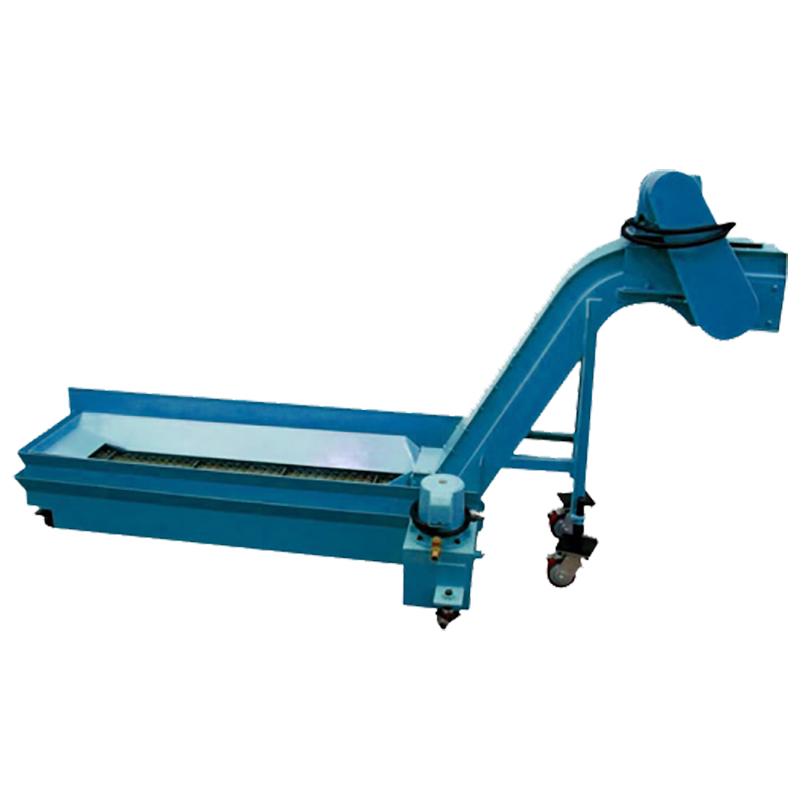electrical cable chain
Understanding Electrical Cable Chains A Guide to Efficient Cable Management
In today's fast-paced technological environment, effective cable management is more crucial than ever. One of the most valuable tools in this regard is the electrical cable chain, also known as a cable track or drag chain. These structures play a vital role in various industries, from manufacturing to robotics, and are designed to organize and protect electrical cables and hoses in dynamic applications. This article delves into the importance, benefits, and considerations associated with electrical cable chains.
What is an Electrical Cable Chain?
An electrical cable chain is an assembly of linked segments that create a flexible, continuous channel for electrical cables, hydraulic hoses, and pneumatic lines. This design allows the cables to move freely with machinery without becoming tangles, pinched, or damaged. Cable chains are commonly used in environments where equipment is in motion, such as CNC machines, robotic arms, and conveyor systems.
Importance of Cable Management
Improperly managed cables can lead to numerous issues, including equipment failure, increased maintenance costs, safety hazards, and decreased operational efficiency. Electrical cable chains help mitigate these risks by organizing cables and providing protection against wear and tear. They ensure reliable performance by allowing cables to move smoothly with moving parts while keeping them securely in place.
Benefits of Using Electrical Cable Chains
1. Enhanced Durability Electrical cable chains are constructed from robust materials such as plastic, steel, or aluminum, which protect cables from environmental factors, mechanical abrasion, and physical stresses.
2. Reduction of Cable Wear By ensuring that cables move in a controlled manner, cable chains significantly reduce the risk of bending, kinking, or breaking, thus prolonging the life of electrical and hydraulic components.
3. Increased Safety Properly organized cables reduce trip hazards and the likelihood of accidental disconnections. Additionally, it minimizes the chances of electrical shorts caused by frayed wiring.
electrical cable chain

4. Flexibility in Installation Cable chains can be designed for specific applications, allowing customization depending on machine size, movement patterns, and cable types. They can be curved or straight and adjusted according to installation requirements.
5. Easy Maintenance With everything organized, routine maintenance and troubleshooting become more manageable. It is easier to identify faults, replace cables, and perform upgrades when the connections are clearly organized.
Key Considerations When Choosing Electrical Cable Chains
1. Compatibility with Cables and Hoses It is crucial to select a cable chain that can accommodate the specific dimensions and types of cables being used, including power cables, control cables, and pneumatic hoses.
2. Travel Distance and Weight Load The selected cable chain must be suitable for the maximum length of travel and the weight of the cables or hoses it will carry. Too heavy a load can lead to chain fatigue and failure.
3. Environmental Conditions Consider the environment where the cable chain will be installed. Factors such as temperature, exposure to chemicals, dust, or moisture should dictate material choice and design features.
4. Bend Radius Cable chains come with specified bend radii, which determine the minimum curvature they can maintain during operation. Selecting a chain with an appropriate bend radius is crucial for preventing cable damage.
5. Assembly and Installation Ease Some cable chains offer quick assembly features that can save time during installation. Understanding the assembly process can also affect overall project timelines and costs.
Conclusion
Electrical cable chains are an essential component in modern machinery and equipment. They provide efficient solutions for protecting and managing electrical cables and hoses in dynamic settings, thereby enhancing operational reliability and safety. By understanding the benefits and considerations of these systems, industries can significantly improve their cable management strategies, resulting in increased productivity and reduced costs in the long run.








